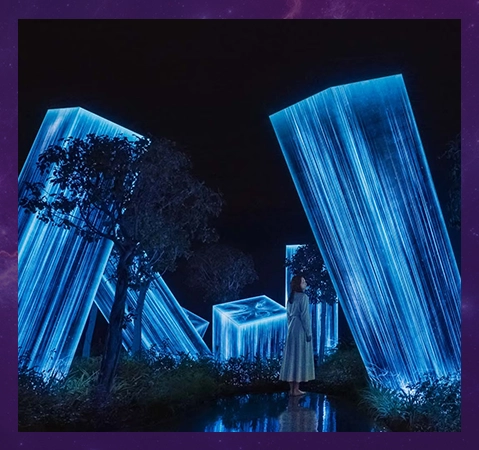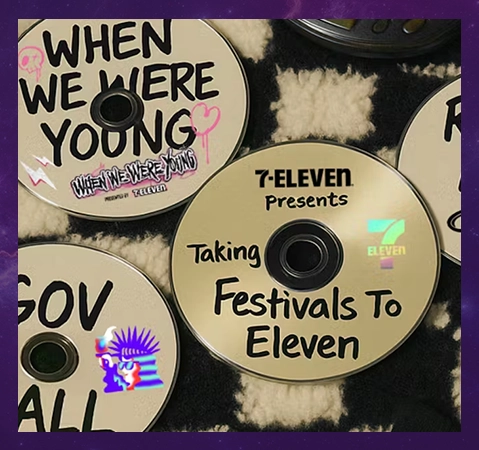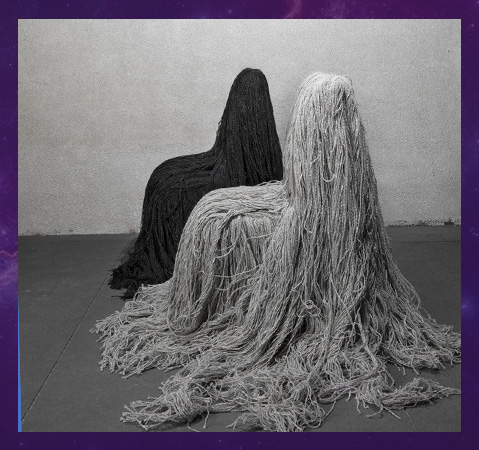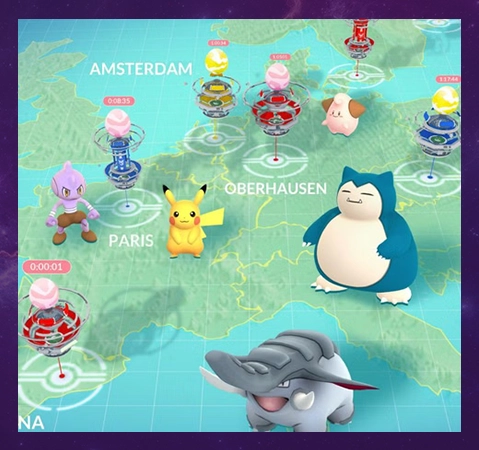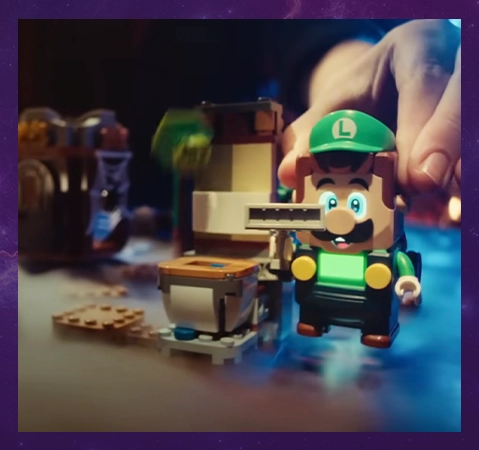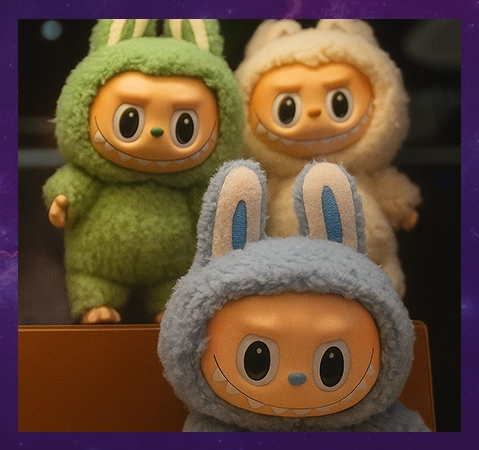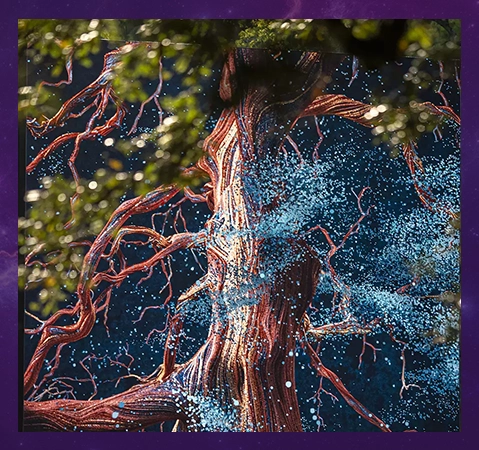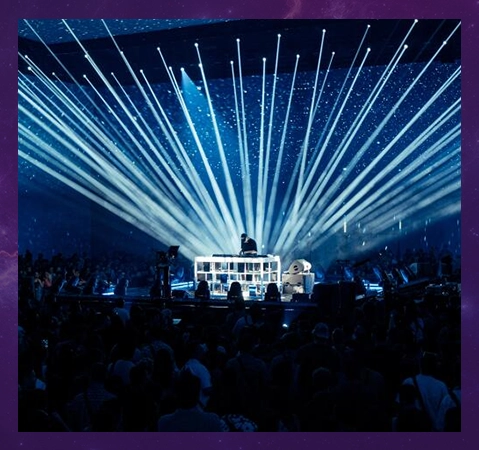
Labubu Mania: How a Mischievous Toy Became a Global Style Statement
share
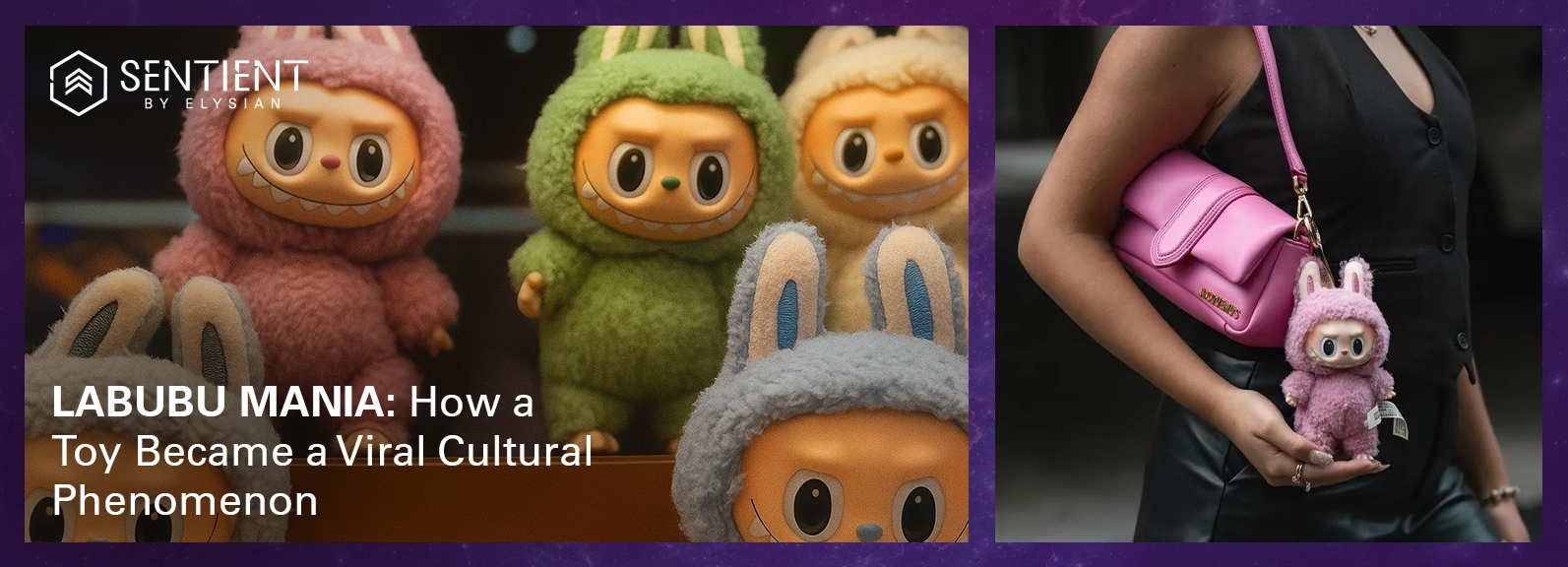
Summary
Labubu’s journey from a niche artist’s creation to a viral collectible highlights the power of storytelling, emotional engagement, and community in today’s culture. With celebrity endorsements and immersive experiences fueling its rise, Labubu embodies the modern fandom’s craving for authenticity and connection—while also raising questions about sustainability and ethics.
Table of Contents:
Cultural Impact and Consumer Passion
Sustainability and Future Outlook
It has bug eyes, a devilish grin, and the fashion world wrapped around its tiny vinyl fingers. Meet Labubu—the rebellious little collectible that’s gone from blind-box oddity to courtside royalty. Spotted dangling off designer bags at Wimbledon (yes, that Wimbledon), Labubu isn’t just a toy—it’s a full-blown cultural flex. What started as an art experiment by Kasing Lung is now a viral sensation powered by emotional connection, storytelling, and a dash of chaos. From TikTok feeds to celebrity selfies, Labubu has become Gen Z’s favorite mischief-maker. But how did this strange little creature take over the world? Let’s unpack.
The Origins of Labubu: From Sketchbook Oddball to Global Obsession
Before it was TikTok’s favorite gremlin or dangling from the arms of fashionistas, Labubu was simply a strange little creature in Kasing Lung’s imagination. A Hong Kong-born artist with a love for dark fairy tales and emotional chaos, Lung created The Monsters—a universe filled with weird, vulnerable, lovable misfits. Labubu, the sharp-toothed, wide-eyed trickster, stood out immediately. It wasn’t cute in a traditional way—it was misunderstood, oddly charming, and quietly magnetic.
The real shift came in 2019, when Lung partnered with Pop Mart, China’s blind-box juggernaut. They introduced Labubu in randomized collectible sets, where buyers didn’t know which version they’d get. Each character came with a new story—pirate Labubu, forest Labubu, cloud Labubu—turning every purchase into a surprise narrative moment. It wasn’t just a toy—it was a storytelling experience with emotional replay value.
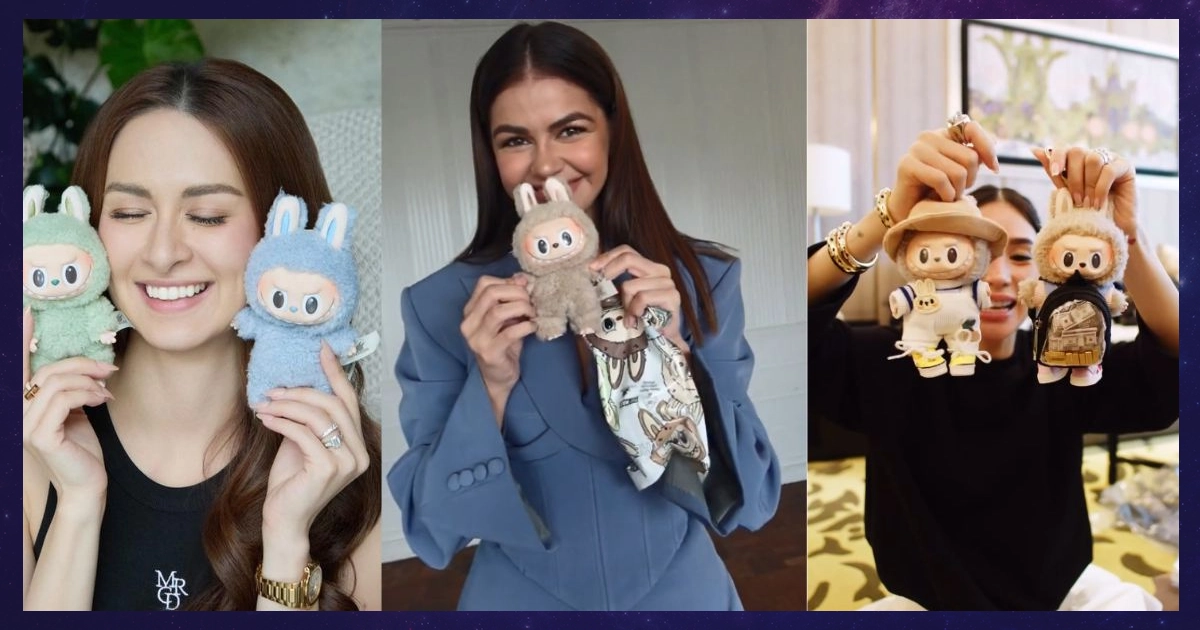
Still, the wildfire moment didn’t spark until April 2024, when BLACKPINK’s Lisa casually posted a photo featuring Labubu clipped to her luxury bag. That one shot triggered a surge in Southeast Asia sales and sent #Labubu trending. Soon after, stars like Rihanna, Kim Kardashian, and Dua Lipa followed suit—each seen flaunting the toy in public appearances and paparazzi shots.
Then came Wimbledon 2024. Urvashi Rautela, Bollywood’s red carpet wildcard, turned heads not for her gown—but for her arm candy: five Labubu plushes hanging off her Hermès bag. The moment exploded on social media, not for pioneering the trend, but for turning it into a fashion meme. Reactions ranged from confusion to cult devotion, catapulting Labubu even further into the cultural spotlight.
From indie art galleries to luxury fashion circles, Labubu’s journey proves that when storytelling meets surprise—and the internet gets involved—even the oddest little monster can rule the world.
The Storytelling Magic Behind Labubu: More Than Just a Toy
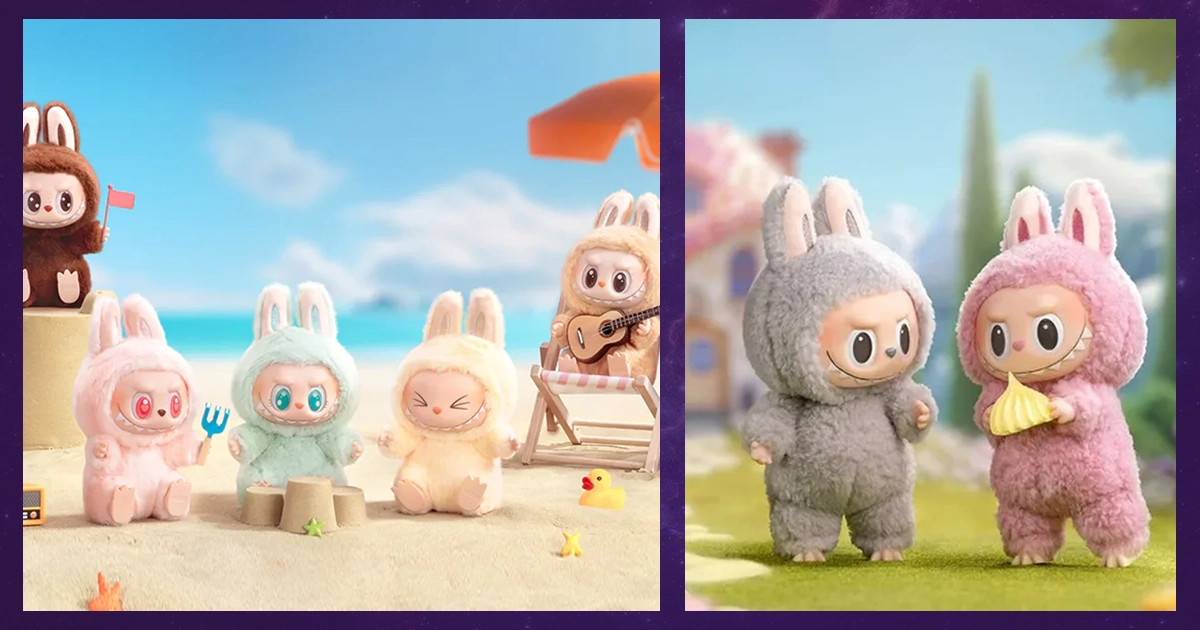
Labubu’s charm goes far beyond its quirky exterior—its true power lies in the stories it tells and the emotional space it creates for fans. Kasing Lung, the creative mind behind Labubu, has spoken openly about how the character embodies complexity, chaos, and a touch of vulnerability. In interviews, Lung describes Labubu not as a typical cute mascot, but as a creature born from his fascination with duality—balancing innocence with mischief, whimsy with darkness.
Lung’s storytelling is deeply personal. Labubu, in his words, represents the unpredictable emotions we all carry—joy tangled with anxiety, laughter hiding sadness. This emotional layering makes Labubu relatable: it feels like a friend who understands the messy, imperfect parts of being human.
Each Labubu figure tells a different story through subtle details—whether it’s a tiny tear, a rebellious snarl, or an adventurous outfit. These visual cues invite fans to imagine Labubu’s inner world and connect emotionally. Rather than passive toys, Labubus become characters with personalities fans can project onto and grow with.
Kasing Lung also emphasizes the importance of surprise and discovery, which is why Labubu’s blind-box format fits perfectly with the narrative. The excitement of not knowing which character you’ll get mirrors life’s unpredictability, reinforcing the emotional bond.
This storytelling approach fosters a thriving community where fans share their own Labubu stories, fan art, and interpretations. Labubu becomes more than a collectible—it’s a shared language of emotions, a symbol of embracing complexity, and a storytelling canvas for a generation craving authenticity.
Labubu’s Cultural Impact: Riding the Wave of Collectible Frenzy and Consumer Passion
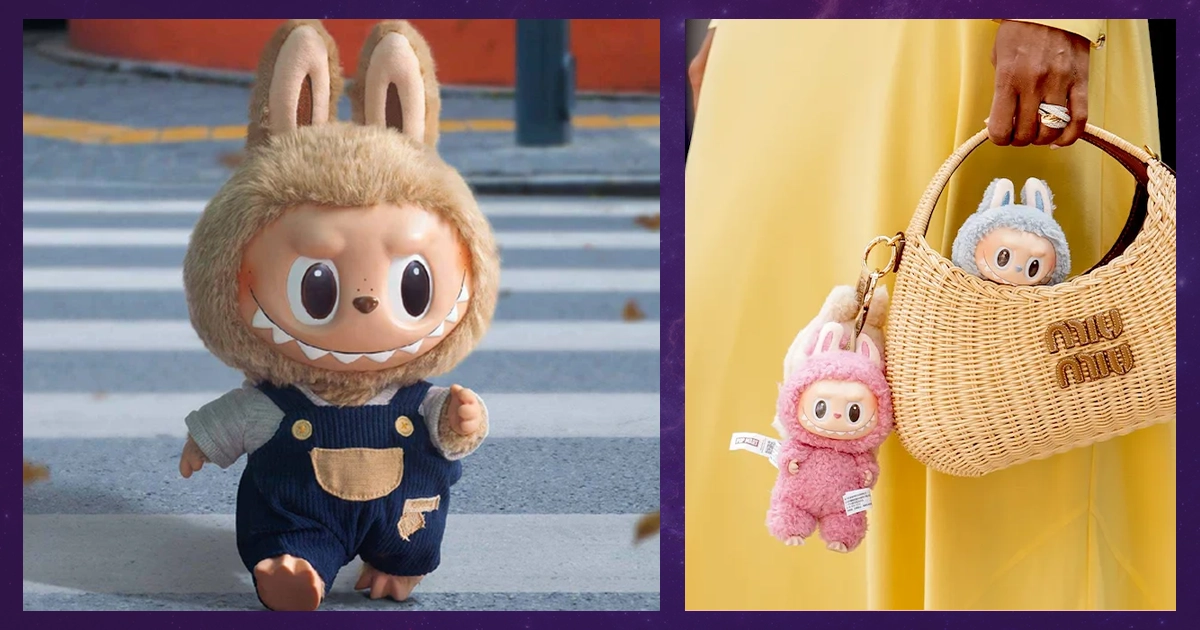
Labubu didn’t just create a niche for itself; it joined a growing pantheon of collectibles that have captivated global audiences through emotional engagement and surprise. Much like Funko Pop!, Beanie Babies, or Pokemon cards in their heyday, Labubu taps into something primal: the thrill of discovery, the joy of community, and the allure of owning something rare.
Brands like Pixar Studios, Supreme and Medicom Toy have demonstrated the power of scarcity and storytelling, cultivating intense loyalty among fans eager to secure limited editions. Labubu follows this blueprint but adds its own unique twist with a chaotic, emotive character design that resonates deeply with Gen Z’s appetite for authenticity and imperfect beauty.
What sets Labubu apart is its masterful blend of narrative and collectible. Customers don’t just chase the product; they seek the experience—unboxing, trading, sharing stories, and connecting online and offline. This creates high customer satisfaction not only through owning the toy but through participating in a living community.
Trends like Labubu inspire experiential marketing firms such as Sentient By Elysian, a UAE-based company that leverages the power of storytelling and immersive concepts to help global brands connect authentically with their audiences. Using insights from viral cultural phenomena, Sentient crafts unique event experiences and booths that tap into emotional engagement and tells a story—the very same energy fueling Labubu’s success.
Pop Mart’s approach cleverly fuses product and storytelling, turning purchases into emotional investments. The blind-box model harnesses dopamine-driven anticipation, while the expanding Labubu universe—from plush toys to augmented reality apps—keeps fans engaged beyond the shelf.
Labubu’s rise reflects a broader shift in consumer culture: today’s customers crave emotional connection and shared experiences over mere ownership. This cultural momentum positions Labubu not only as a collectible but as a symbol of modern fandom—where story, scarcity, and community fuel ongoing passion.
Sustainability, Criticisms, and What Lies Ahead for Labubu
As Labubu’s popularity has soared, so too have questions about the sustainability and ethical implications surrounding collectible blind-box culture. While fans delight in the thrill of unboxing, the model inherently encourages multiple purchases, sometimes leading to compulsive buying behavior. Critics liken this to gambling mechanics, raising concerns about emotional stress and financial impact—especially among younger consumers.
Environmental concerns also come into play. The blind-box packaging, often involving plastic and elaborate wrapping, generates significant waste. As Pop Mart’s production ramps up to meet global demand, sustainability advocates urge the brand to explore eco-friendly materials and reduce single-use packaging to minimize environmental impact.
Quality inconsistencies have been reported by collectors as well, with some noting stitching flaws and production variances in newer releases. This, coupled with an influx of counterfeit “Lafufu” dolls flooding secondary markets, has complicated trust and authenticity for dedicated fans.
Looking forward, Pop Mart is expanding Labubu’s universe with collaborations, technology integrations, and media projects, including a highly anticipated anime series set to launch soon. These moves aim to deepen fan engagement and diversify the brand’s appeal beyond physical collectibles.
Labubu’s journey offers valuable lessons about balancing hype-driven demand with ethical responsibility and sustainability. As the brand evolves, its future will depend on maintaining an emotional connection while addressing the complex realities of mass production, consumer well-being, and environmental stewardship.
The Final Word
Labubu’s rise from a quirky artist’s imagination to a global cultural icon proves one thing: in today’s fast-paced world, emotional storytelling and authentic connection are the true currency of success. It’s not just about owning a collectible—it’s about belonging to a community, sharing experiences, and embracing imperfection.
By blending surprise, narrative depth, and playful design, Labubu tapped into something profoundly human—a craving for stories that mirror our own messy, joyful lives. This powerful emotional engagement is exactly what experiential marketing aims to harness: creating immersive moments that resonate deeply with audiences.
While challenges around sustainability and consumer ethics remain, Labubu’s impact on pop culture and marketing is undeniable.
This little monster’s journey is a reminder that when brands tell compelling stories and invite genuine engagement, they can transcend markets to become symbols that resonate across generations. Labubu isn’t just a toy—it’s a testament to the power of creativity, community, connection, and immersive experiences in shaping modern culture.
Website | LinkedIn | Instagram | YouTube | Facebook



